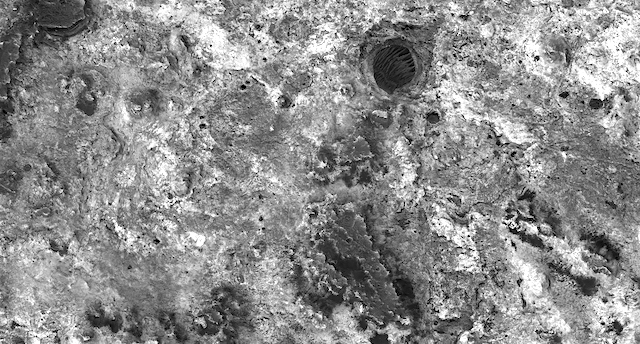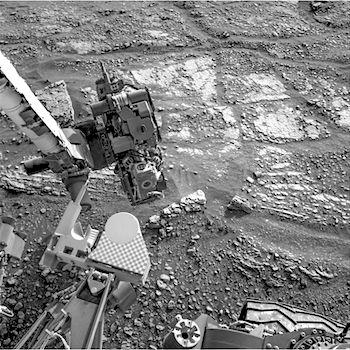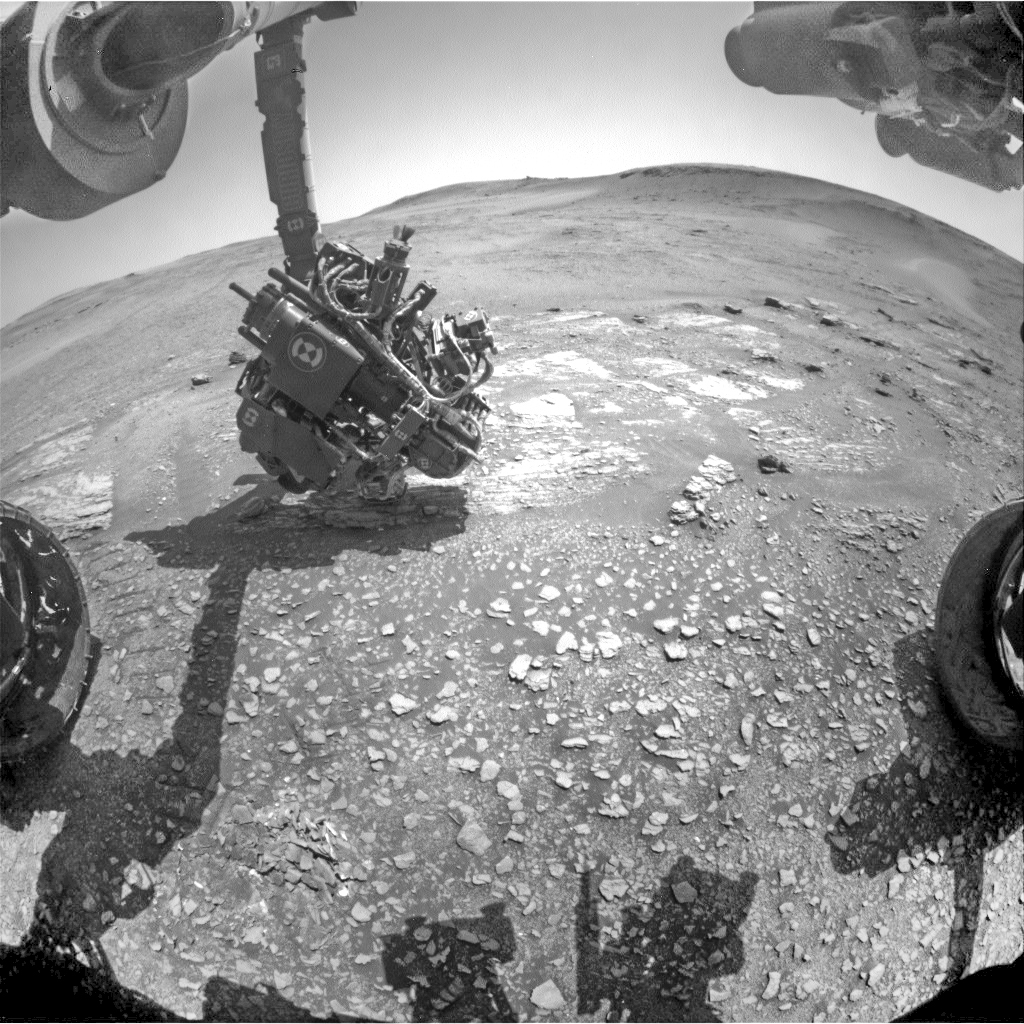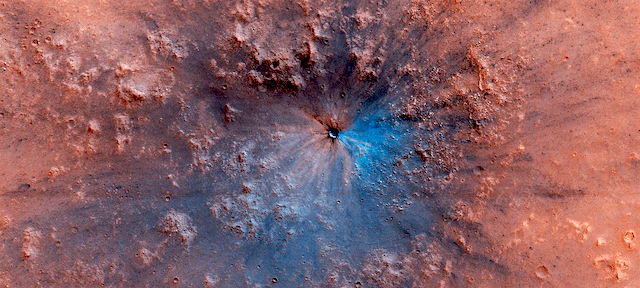 [Editor’s note: From a paper by Madison Hughes and five co-authors recently published in the Journal of Geophysical Research.]
[Editor’s note: From a paper by Madison Hughes and five co-authors recently published in the Journal of Geophysical Research.]
Degradation of Endeavour Crater Based on Orbital and Rover‐Based Observations in Combination With Landscape Evolution Modeling
• Landscape evolution modeling indicates that Endeavour experienced an early period of fluvial erosion in a semiarid environment
• Since the deposition of the Grasberg and Burns formation rocks, wind erosion has excavated interior deposits and eroded the crater rim
• Up to ~400 m of Burns formation rocks have been excavated from the interior of Endeavour crater
The Opportunity Rover explored the rim of the Noachian age Endeavour crater from 2010 to 2018. Only small segments of its rim are exposed above a regional sulfate‐bearing sandstone unit called the Burns formation. By studying the morphology of these rim segments with orbital data sets and observations from Opportunity, the history of the degradation of the crater was identified.
The nearby Bopolu crater is similar in size to Endeavour but is younger and fresher. Simulating the erosion of Bopolu to create a crater rim that looks similar to Endeavour’s current rim shows that Endeavour experienced a late Noachian period of fluvial erosion in an arid environment. Erosion lowered the crater rim by ~0.3 km, routing ~0.5‐km thick section of sediment into the crater interior, where a very shallow lake was likely present.
Endeavour was then partially buried by Grasberg and Burns formation rocks. Since then, regional winds coming from the east have excavated some of the interior sandstone unit in Endeavour and carved into the interior rim, including Perseverance Valley. [More at link]
















